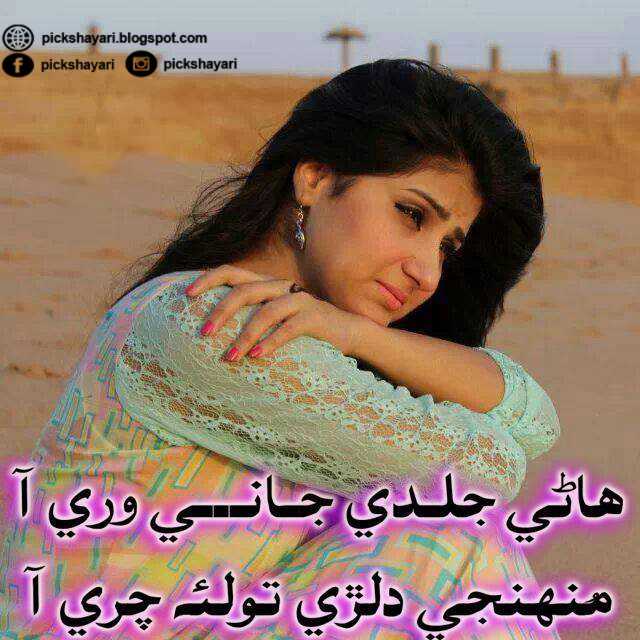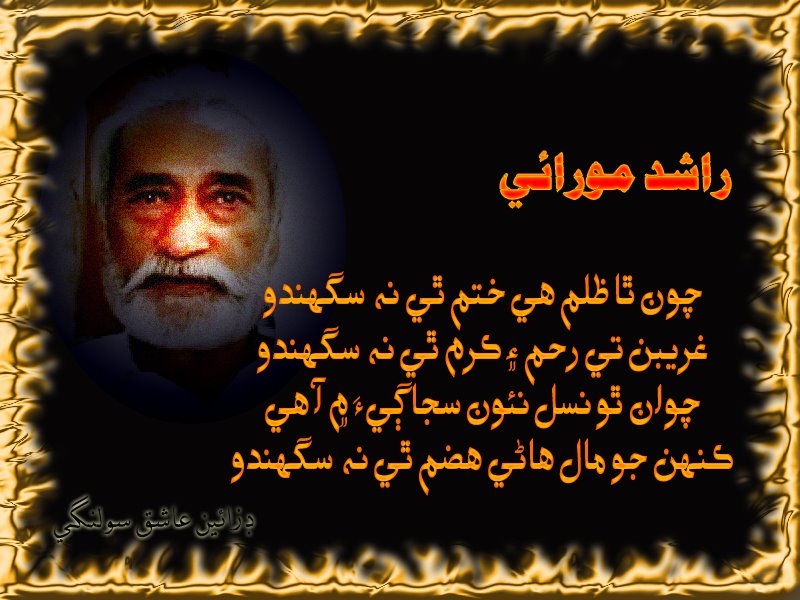
Once the language was recognised, the fight for the script started. Finally, on April 10, 1967, on Chetichand Day (Sindhi New Year’s Day), the Sindhi language was included in the Eighth Schedule of the Indian Constitution.

Despite this rich legacy, it was a long fight to get it recognised in India. The Sindhi language belongs to the Indo-Aryan family, with its roots in the ancient Indus Valley.

Efforts to give Sindhi language a constitutional status grew and many ‘ dharnas’ and hunger strikes were held. Literary groups, theatre groups, programmes on music, cultural and literary activities picked up. In Gujarat and Maharashtra, they launched several Sindhi-medium schools. The literary community took up their pens again, and expressed their feelings and experiences on paper. Along with the quest for basic necessities such as food and homes, they also made efforts to strengthen and preserve their cultural identity. The quarter century or so after 1947 were years of tremendous struggle for the Sindhi community in India. Despite economic, social and cultural difficulties, the Sindhi community transformed itself from sharanaarthi (immigrants) to p urushaarthi (self-reliant and independent). Separation from the homeland involved attempting to settle in a new land, a hard life lived in camps and barracks, insults and rejection from local communities, a new culture and a totally new environment. Immigrant Sindhis started a new chapter in their history on the premise that there was ‘No home to live, but the whole of India is ours’. Immigrant Sikhs and Muslims from Pakistan found new homes in Punjab and Uttar Pradesh, but for the Sindhi community, there were merely promises. This belief and hope motivated Hindu Sindhis to leave their homes, business and land in the temporary care of Muslim Sindhis, which later lay open to claims. Sindhis had always been one community irrespective of religion they believed that the Partition was temporary, and once the riots subsided, the situation would return to normal and people would come back to their homes. Partition based on religious lines made Sindh a geographical part of Pakistan, and lakhs of Hindu Sindhis left their motherland to become a part of India.


History and politics, however, conspired not only to offer Independence, but also to create new borders. Seventy years ago, in 1947, India achieved Independence from British colonial rule. Effect of Partition on the Sindhi Community


 0 kommentar(er)
0 kommentar(er)
